The Laundry of Stratford Road
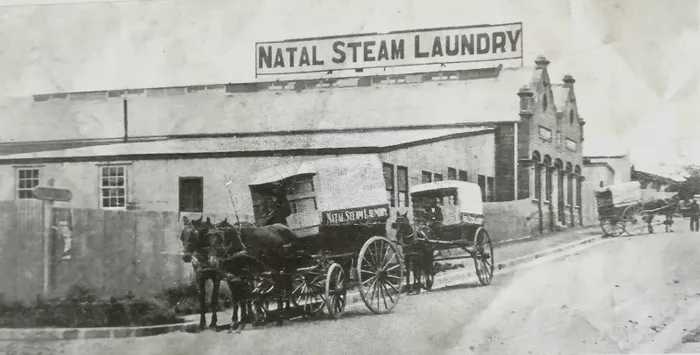
The Natal Steam Laundry at 22 Stratford Road in 1909.
Image: Supplied
One often finds unidentified photographs in old collections, which capture the mundane aspects of everyday life. Identifying them takes time and even a little detective work. One such picture was the Natal Steam Laundry, photographed in 1909. It represented a new type of business which relied increasingly on machinery rather than labour - intensive hand washing.
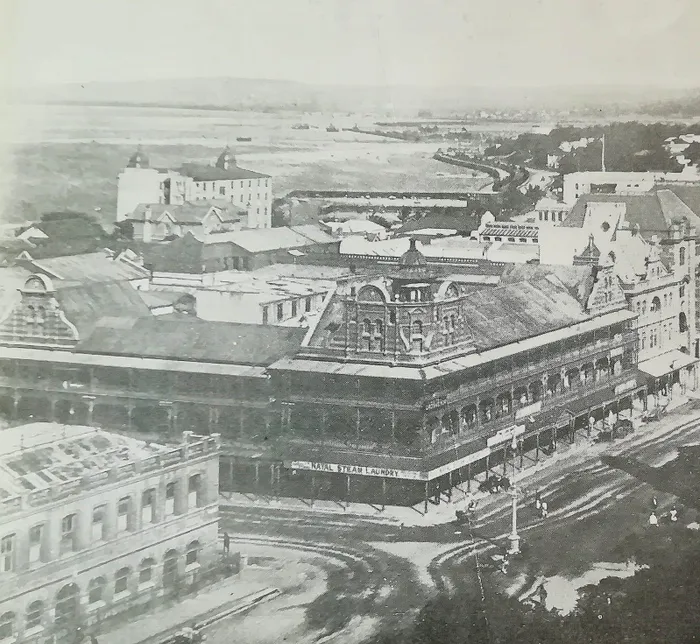
The depot on the corner of Gardiner and Smith Streets where postcards were also sold. The photo was taken in 1909 from the incomplete City Hall.
Image: Supplied
The company was started in 1898 at 22 Stratford Road in what is today known as the Warwick Triangle precinct. Back in the 1890s, it was still a quiet part of town surrounded by trees and a few scattered houses. By 1910, it had grown into a working class neighbourhood whose residents included a wagon maker, a pony rickshaw driver, a trolley driver, a baker, carpenters and grocers, a teacher, a fireman and a coppersmith.
Most residents were white, but there were also Indian families and a “Native Minister”, Mr B.M Dube. Later, St Raphael’s Church was built at No.65.
In 1901, Natal Steam Laundry was bought by Mr S. Rogerson who would build it into the largest undertaking of its kind in Natal. When he died in 1936, his son John took over the business. In 1921, they had acquired Fletcher’s Laundry which had been established in Point Road in 1894 before moving to 28-32 Moore Road in 1900.
There it remained for decades, managed for many years by Mr A.W. Ellis. This laundry has been demolished, which is why 22 Stratford Road is so special: it may be the only purpose-built Victorian laundry that has survived, although the building is no longer used for that purpose.
In the 19th century, most laundry was done by hand, usually by washerwomen whose tasks were made a little easier by the invention of the mangle. A laundry worker cranked wet clothing through the mangle (or wringer) expelling the water - a quicker process than hand twisting. Early washing machines were still hand operated: most involved turning a handle to move paddles in a tub. Later, the “agitator” was electrically powered.
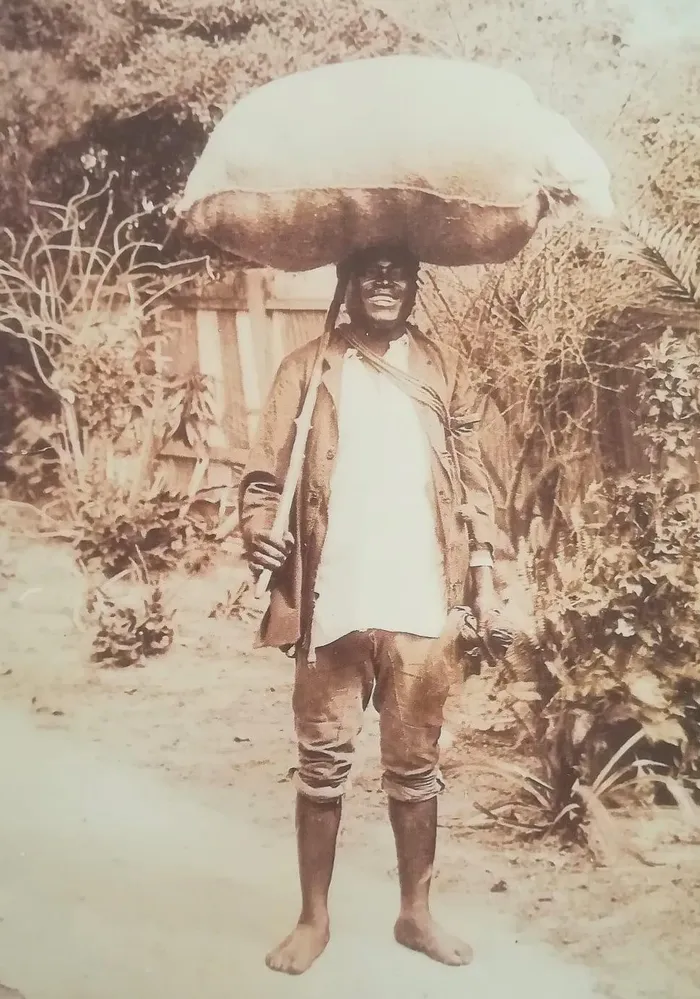
A "wash boy" who collected washing from Durban residents and did their washing for a fee at the Umgeni River, circa 1900.
Image: Supplied
Wealthier families invested in these machines but many still relied on the “wash boy”, often a Zulu man for whom it was regarded as a prestige occupation. Indian men, known as dhobis, also did washing for a fee. There were frequent sanitary issues in Durban resulting in an 1898 bye-law being passed preventing dhobis from using as bedrooms the premises where customers’ clothing was kept.
Yet the issue of insanitary laundries persisted. In a letter to the Natal Mercury in May 1909, Robert Jameson, a former Mayor of Durban who sat on the sanitation committee for many years, wrote that if people could actually see the types of laundries they so thoughtlessly consigned their linen, they would exercise a great deal more care in the choice of their laundryman.
The Natal Steam Laundry seized on this warning, emphasising that it was fitted with every modern sanitary improvement. “No need to trouble if you entrust your laundry to them”, it advertised. The company did invest in new equipment which is why it was favoured by numerous hotels and especially the Mail liners which docked in Durban. Soiled table cloths, sheets, towels and serviettes were returned to the ships before they left port.
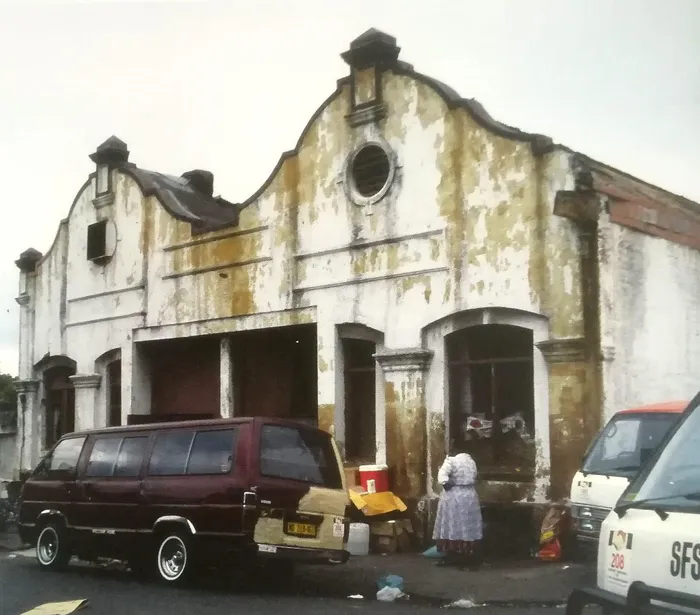
The Natal Steam Laundry building before renovation began in 1997.
Image: Working in Warwick
Their ironing and pressing machines could each iron six sheets per minute. They also manufactured their own soap. Their dyeing section was headed by young John Rogerson while he was still in his twenties. On finishing school, he had been sent to England and Germany to study the latest dyeing techniques, enabling the company to dye everything “from the latest Parisian gown to the largest carpet”.
For many years, the company had a depot in Gardiner Street where it also had a Novelty Store on the top floor of the Imperial Buildings. Their customers could browse through a large range of postcards. Colour ones sold for two pennies, black and white ones for just one penny. This was a lucrative side business: the years 1905 to 1915 were the golden age for postcards.
The company traded from their Stratford Road laundry for over 60 years until it relocated to 9 Sea Cow Lake Road, Umgeni in the 1960s. It still had Receiving Depots in Gardiner Street, Bulwer and Umbilo Roads, Smith Street and in Pinetown and Durban North. By the 1970s, most of these depots had closed as eventually did the company itself by 1977.
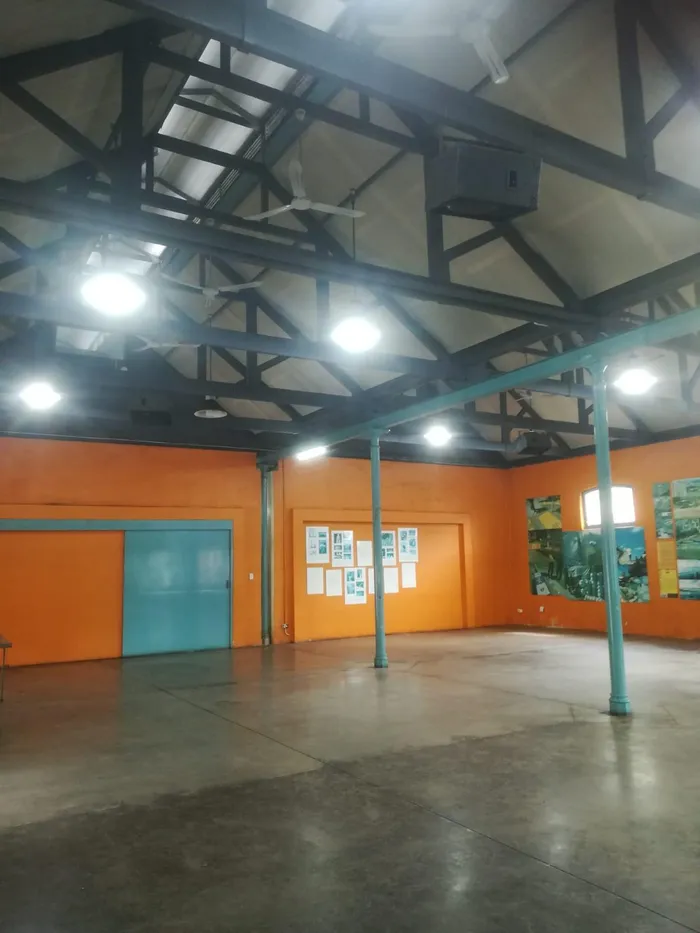
The interior Community Hall of the Stratford Sheds, April 2025.
Image: Mark Levin
Its Stratford Road premises were used by Paddy’s Wire Works, Avalon Fruit Co (for cold storage) and by other businesses requiring warehouse facilities. In the early 1990s, part of the property was briefly used for driver training. By then the building was in a poor state of repair and Warwick Triangle one of the most rundown parts of Durban.
There the story might have ended but for the city of Durban’s decision in 1996 to allocate funding for an ambitious regeneration of the area. The city saw an advantage in having a building in the actual area from which to drive the project. The dilapidated laundry was acquired. The Durban based Emmett Architects CC was awarded the contract to rehabilitate and recycle the structure as a community centre and professional offices in 1997 and 1998.
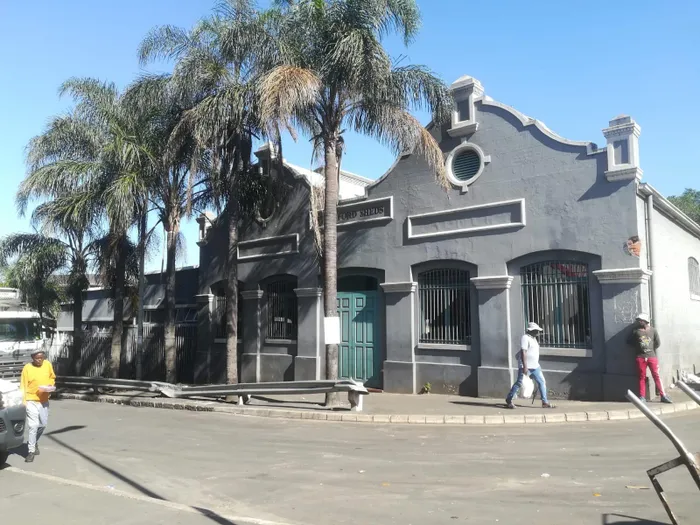
The Stratford Sheds in May 2025
Image: Mark Levin
They retained the best architectural detail while providing new space with the sensitive insertion of mezzanine offices into the double volume structure. In 1999, Emmett Architects was awarded the South African Institute of Architects Conservation Award for their restoration of what is now known as the Stratford Sheds.
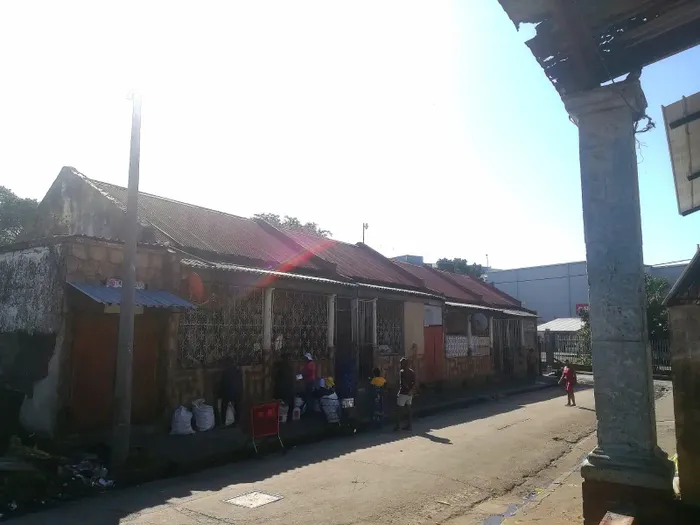
Old semi - detached houses in Milton Road, May 2025.
Image: Mark Levin
Many of the original goals were achieved with funding from National, Provincial and local governments as well as the European Commission. If today there are signs of a reduced commitment and the Stratford Sheds are somewhat under utilized, much of that regeneration has survived.
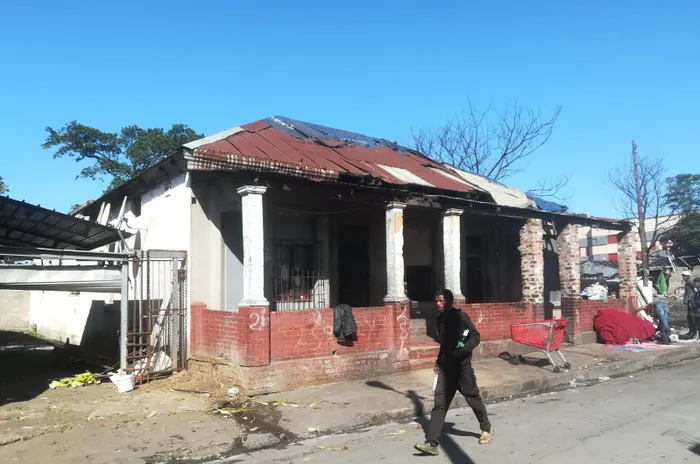
One of the original surviving Milton Road houses today.
Image: Mark Levin
In April 2025, tons of waste were removed as well as illegal structures in the Warwick Triangle. The stalls of the street traders along Canongate Road were all clean. It was even possible to play a game of pool at one of them, yet right outside Stratford Sheds, two men were washing plastic in the water running down the street. Most of the buildings in the surrounding streets are in disrepair, but everywhere people were just trying to make a living, whether it was cooking mielies or collecting scrap.
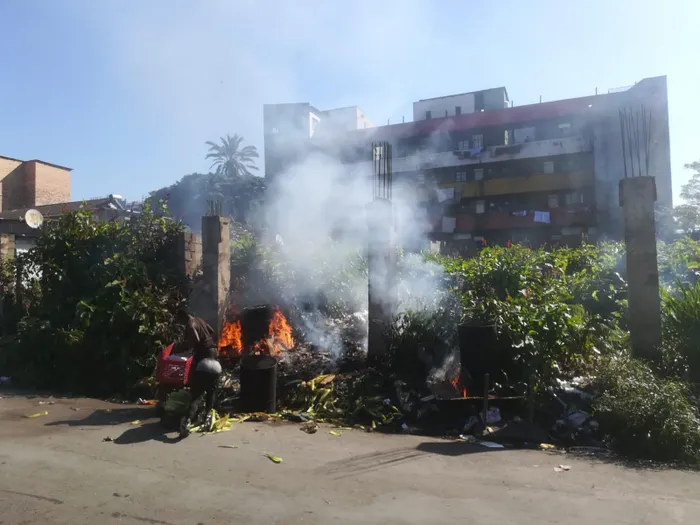
Cooking mealies in Milton Road, May 2025.
Image: Mark Levin
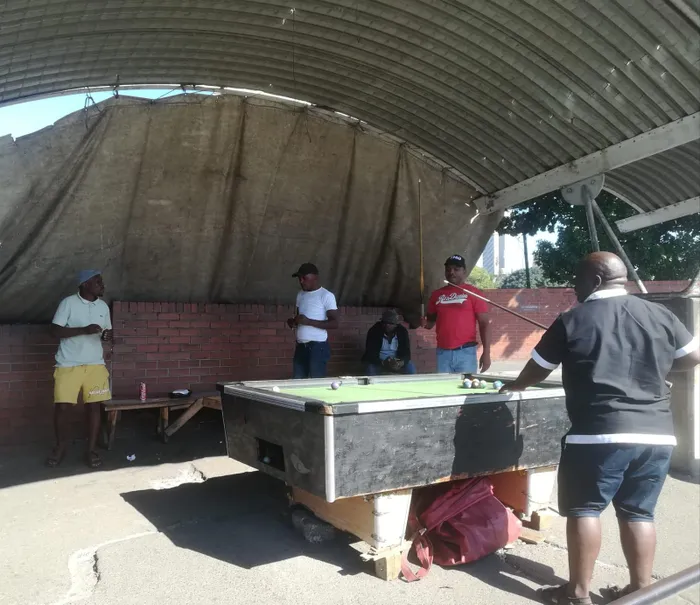
A game of pool at a Canongate stall, May 2025.
Image: Mark Levin
And the Stratford Sheds?. Although the City and architects believed they dated around 1917-1920, they had unwittingly completed the renovation of the old laundry in it’s centenary year of 1998. A building which was erected by an entrepreneur for what was a relatively new industry in 1898, now represents a project to assist hundreds of entrepreneurs at the bottom end of the scale, all seeking a living on the outskirts of the city.
SUNDAY TRIBUNE